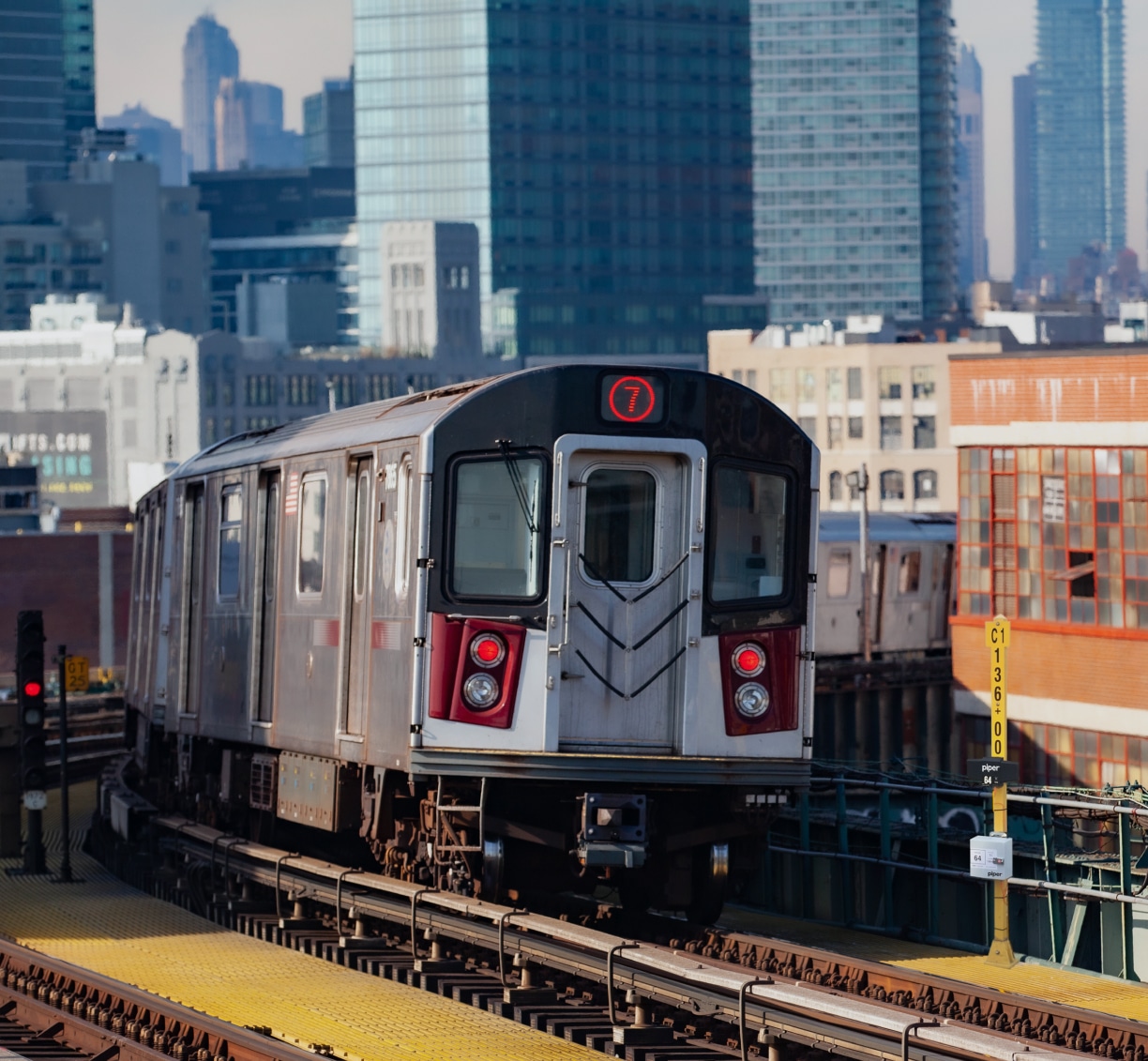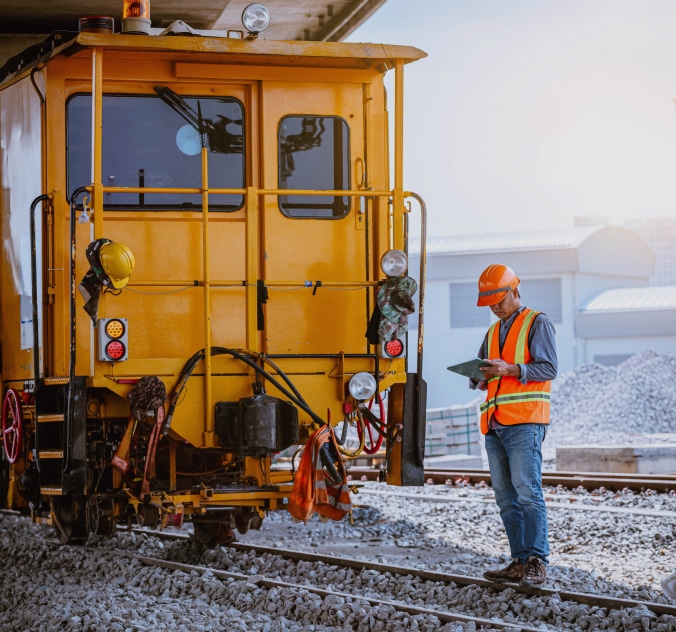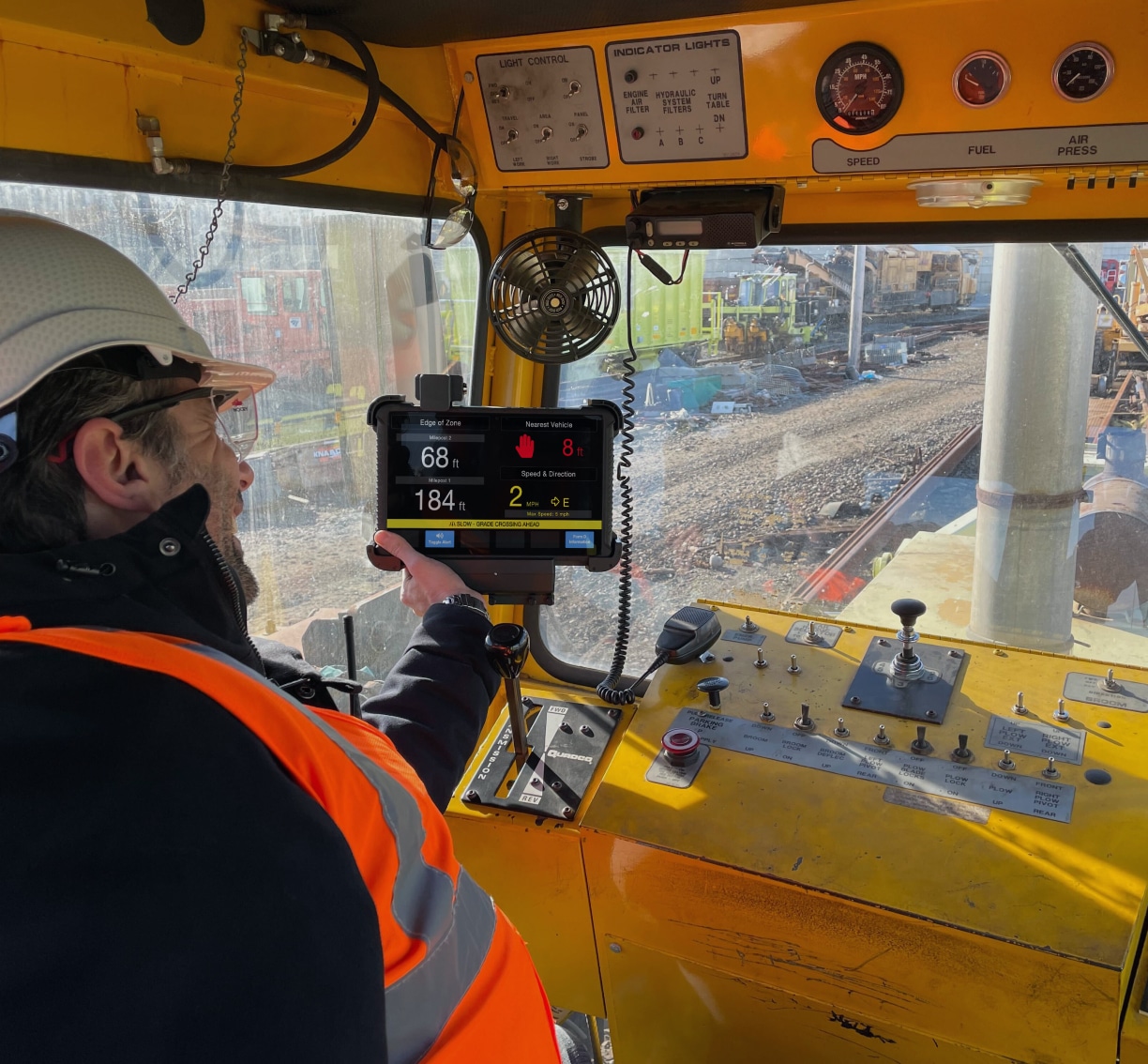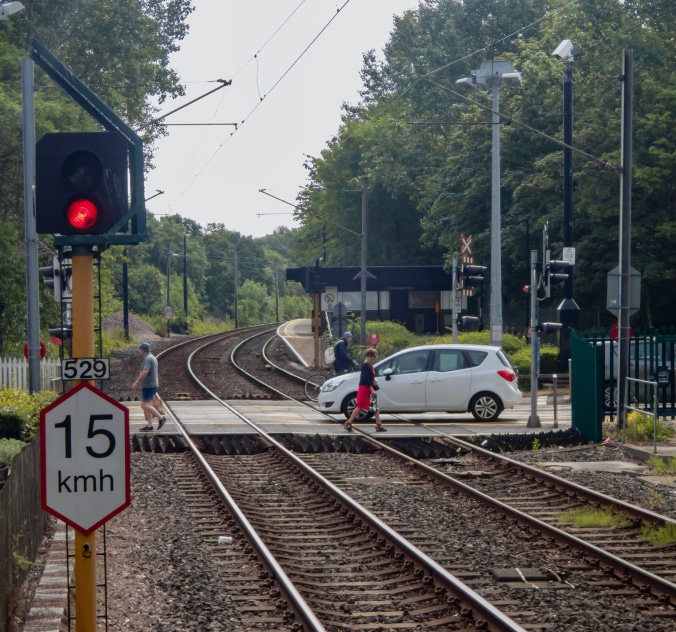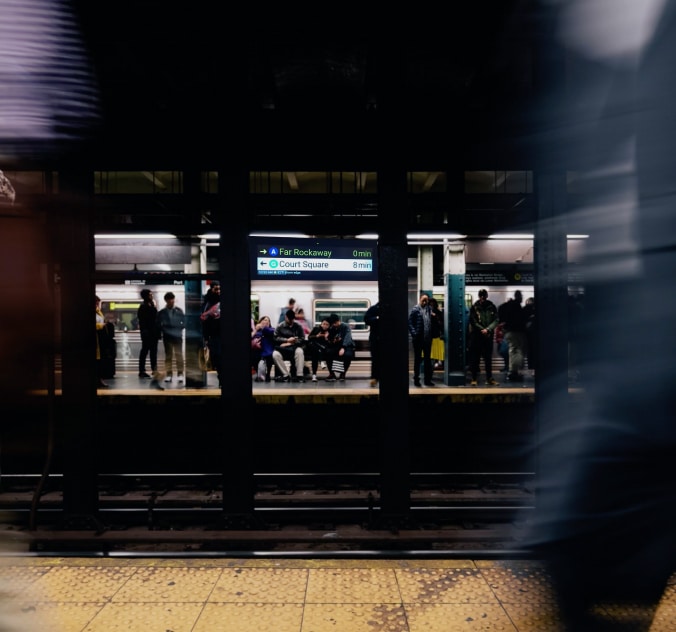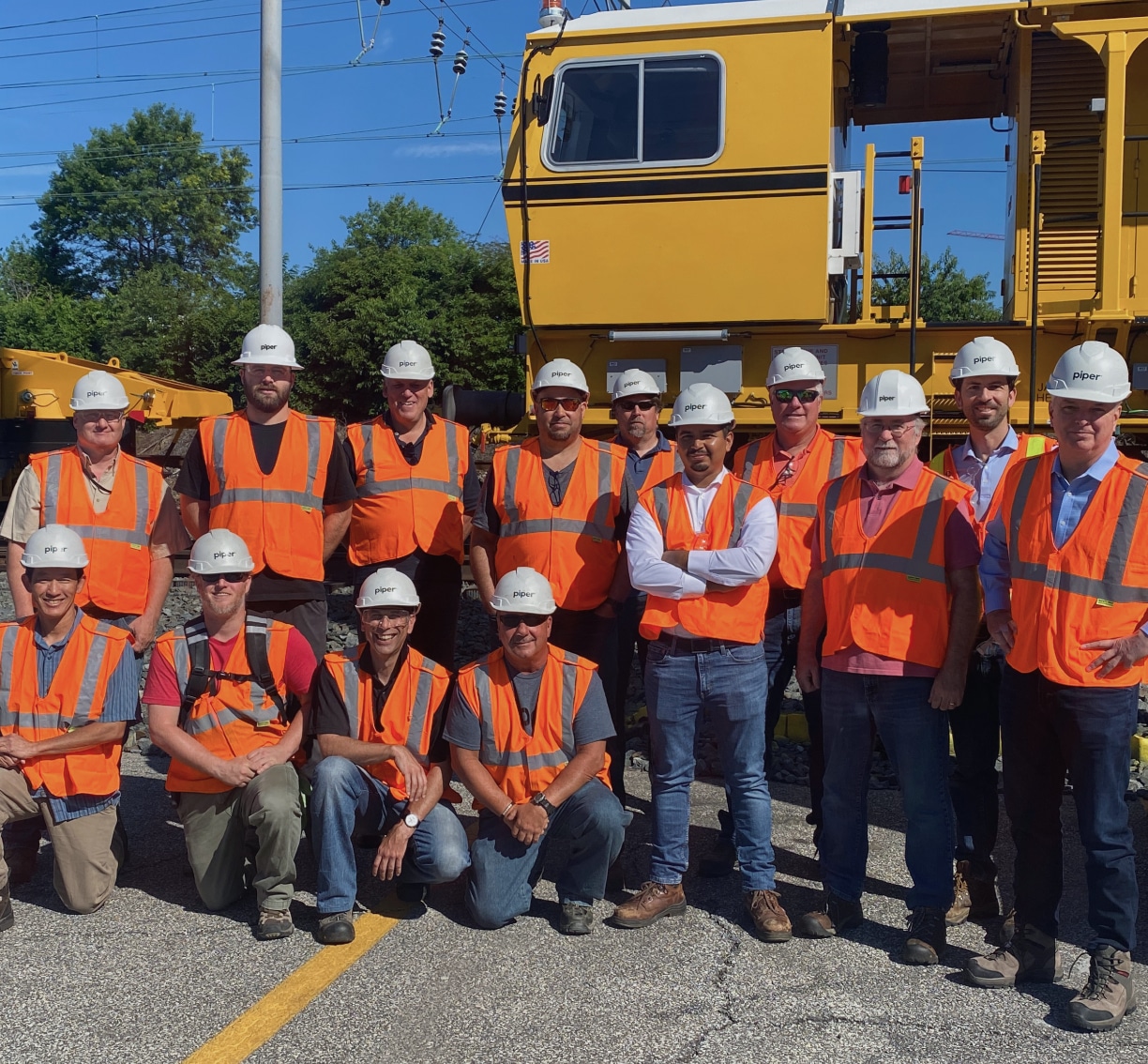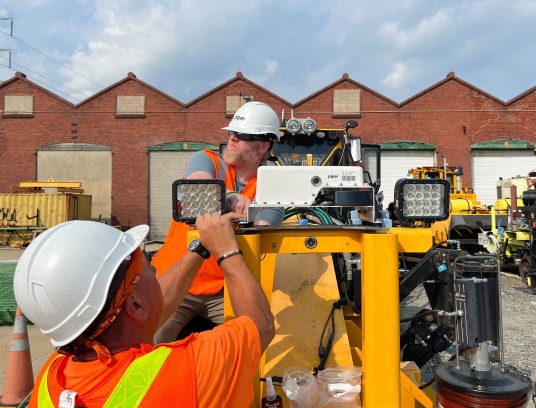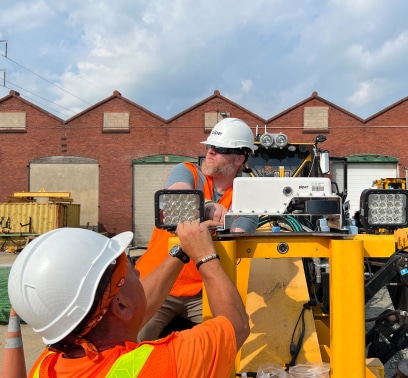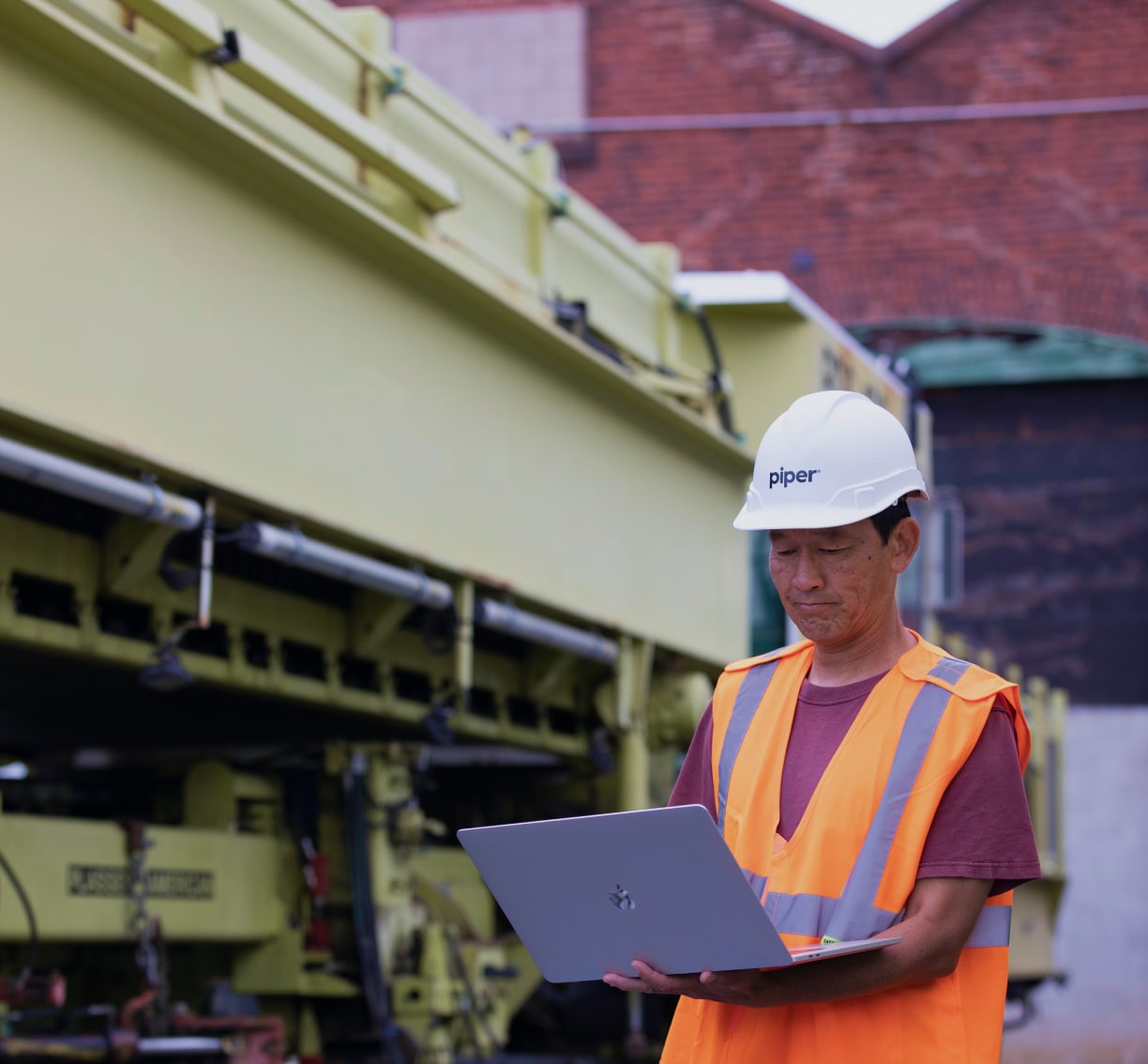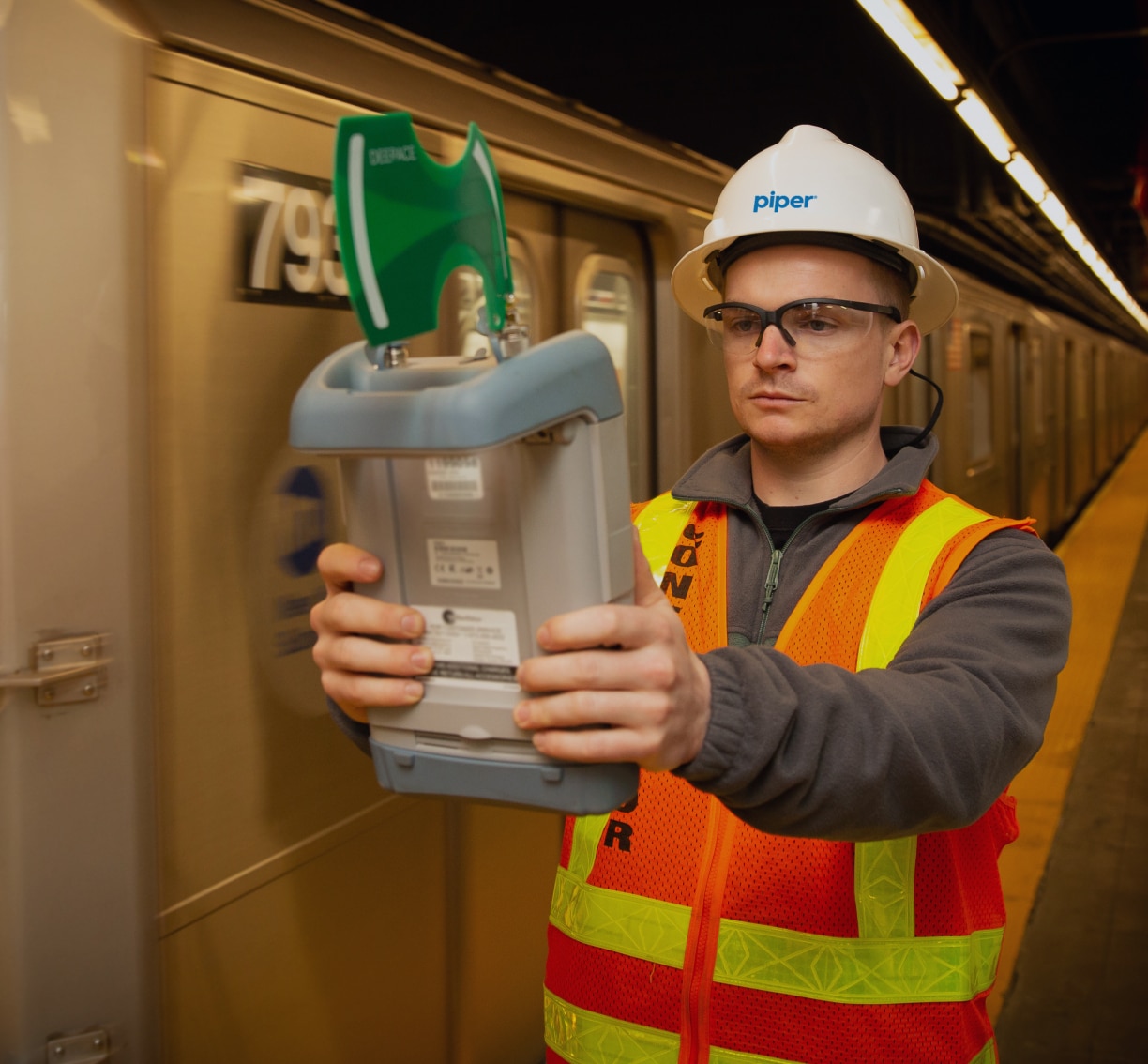Piper’s StandClear™ is an advanced Object Detection Solution specifically designed for passenger stations.
This innovative system utilizes cutting-edge wayside cameras to detect three key scenarios: malicious track intrusions, accidental falls by passengers from platforms, and the presence of objects in the fouling area of the track.
How Piper’s StandClear™ Works
At the heart of StandClear™ is a powerful combination of technologies. Piper employs its proprietary Time of Flight (ToF) cameras for short-range overhead platform edge detection alongside Piper’s patented TrackSight™ LiDAR for longer-range detection. This unique integration provides comprehensive oversight to identify hazardous behaviors that could lead to safety incidents or costly delays. Some common scenarios detected include:
– Passengers getting too close to the platform edge.
– Objects or passengers entering the fouling area of the track.
– Intrusions into tunnels from platform edges.
ToF cameras excel at measuring distances in areas with limited depth by calculating the round-trip time of reflected light signals, making them ideal for detecting nearby objects. On the other hand, LiDAR technology employs rapid laser pulses for long-distance measurement, allowing for precise detection of objects up to 100 meters away. Together, these systems not only provide real-time updates about the fouling area but also effectively distinguish between animate and inanimate objects.
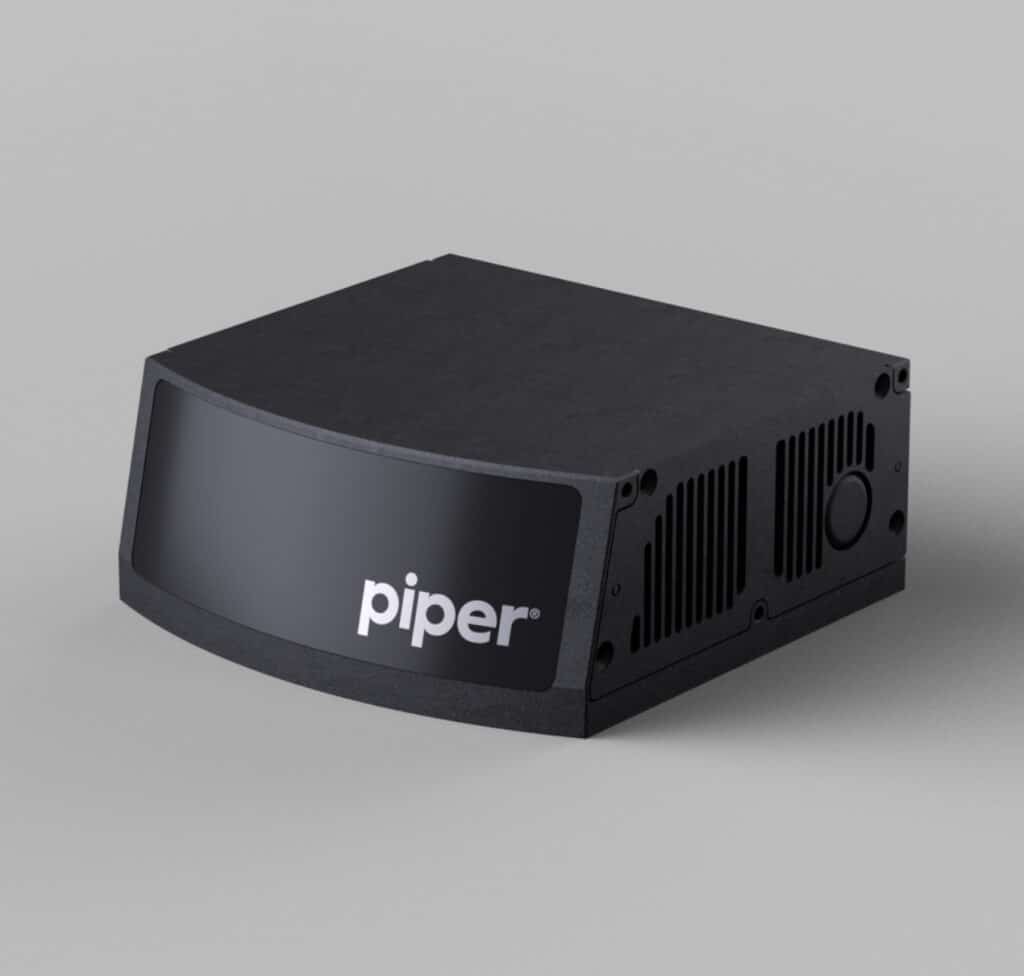
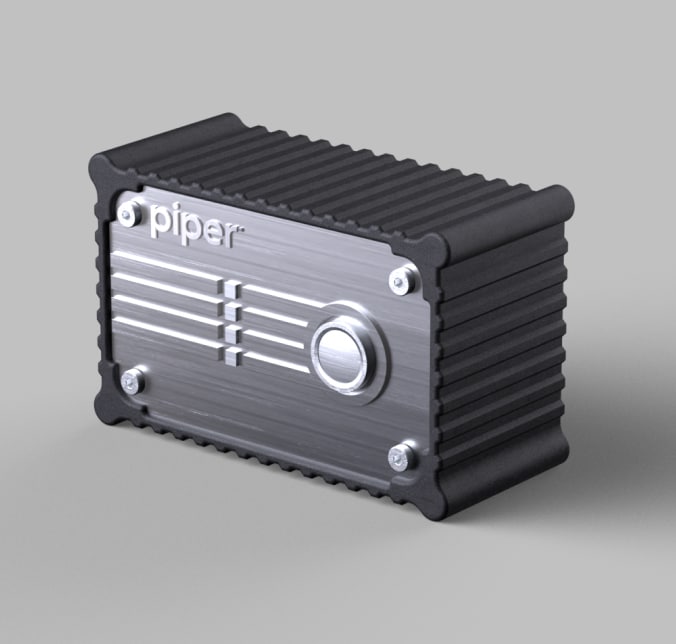
Communication and Alerts
When the StandClear™ system detects a potential hazard, it alerts train operators through various methods. This includes visible alerts from the right of way, integration with track lighting, direct alerts to the Piper onboard vehicle operator display (VOD) in the train cab, or by using a communication link into the train control system. For passenger safety, targeted audible and visual alerts, including the use of LED light pipes, help warn individuals who may be encroaching on unsafe areas of the platform.
Seamless Installation and Integration
The installation of Piper’s high-definition Time of Flight (ToF) cameras is straightforward. Mounted on ceilings above platform edges and facing downward, these cameras boast a detection range of 16 meters—nearly double that of traditional SICK solutions. Conversely, the LiDAR sensors are strategically placed at the ends of platforms, facing down the tunnels and along station tracks, with an effective range of 100 meters for detecting 1-cubic-meter objects.
Surveying is required to determine the track centerline spline and the dynamic clearance envelope—what Piper refers to as the “virtual tunnel.” This virtual tunnel establishes the boundaries for intrusion alerts and passenger encroachments, allowing focus on objects and intrusions within the fouling area as configured by the operator, with no latency from image processing. Operating with a duty cycle of 100 milliseconds, any latency in the system is confined to the communications channel.
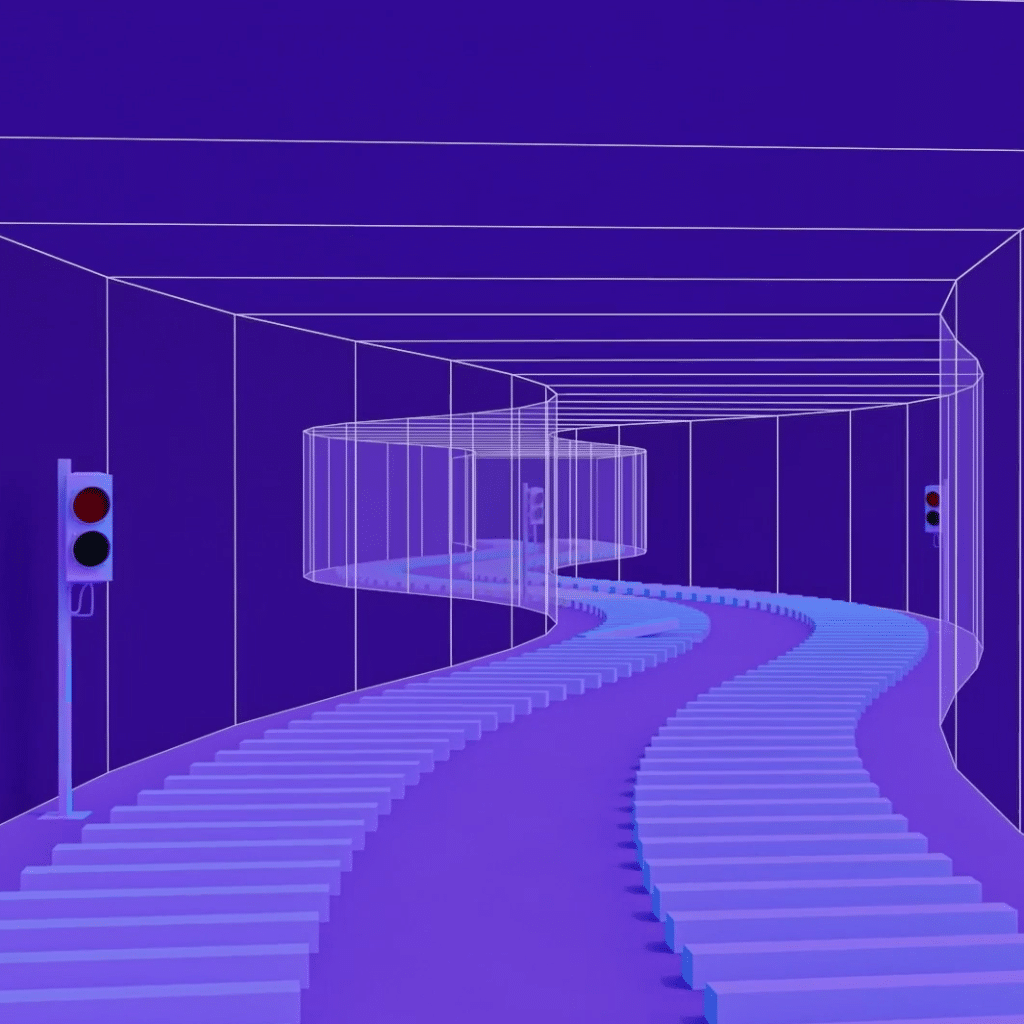
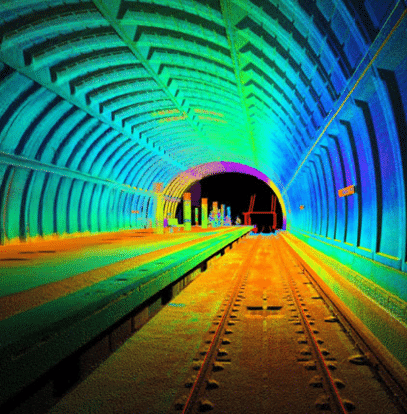
To install this system, operators are required to provide access to wayside power, typically 110 volts. The communication between the sensor devices and the operator network can be facilitated using either Ethernet, LTE or Wi-Fi, with an option for an on-premises secure closed connection.
Reliability and Performance
As StandClear is a deterministic system, there is no “training data period.” Piper’s system is founded on the principle that relying on a database of learned objects cannot fulfill the safety requirements of higher-level systems. Piper’s system incorporates components that have achieved or are in the process of achieving Safety Integrity Level 4 (SIL-4).
While environmental factors like fog, dust, and rain can pose challenges to detection, Piper has developed solutions to mitigate these risks. For instance, the positioning of the ToF cameras helps eliminate sun glare, and Piper’s advanced software minimizes the effects of glare on the LiDAR system. Notably, the LiDAR is resistant to interference from headlights, darkness, and other visual spectrum challenges.
Additionally, Piper has initiated a Failure Reporting, Analysis, and Corrective Action System (FRACAS) to facilitate easy extraction of maintenance information, with no anomalous failures reported across 600 railbound vehicles operating for 3.5 years in the Northeast Corridor.
Benefits of the StandClear™ Solution
Piper’s StandClear™ system stands out by offering a holistic approach to station safety, effectively detecting accidental falls, malicious intrusions, and debris on the tracks.
Benefits include:
- Detecting accidental falls, malicious intrusions, and debris on the trackway from the platform or right-of-way, with reliable recognition and distinction between animate and inanimate objects, even in low-light conditions.
- Alerting train operators through various means, including audible and visible signals from the right-of-way, integration with track lighting, notifications via Piper’s onboard display in the cab, or through communication links to the train control system. Passengers can also receive warnings on the platform.
- Meeting stringent rail standards, including CENELEC, AREMA, and IEEE. Piper’s LiDAR is AEC-Q100 certified and used in both transit and automotive applications.
- Piper is an experienced systems integrator that can seamlessly integrate into existing systems. A back-end dashboard with Over-The-Air (OTA) remote management software for system maintenance and health monitoring is included.
As we continue to innovate in the realm of transportation safety, Piper’s StandClear™ is paving the way for smarter, more secure rail systems that prioritize passenger well-being and give train operators the confidence to focus on what matters most.
